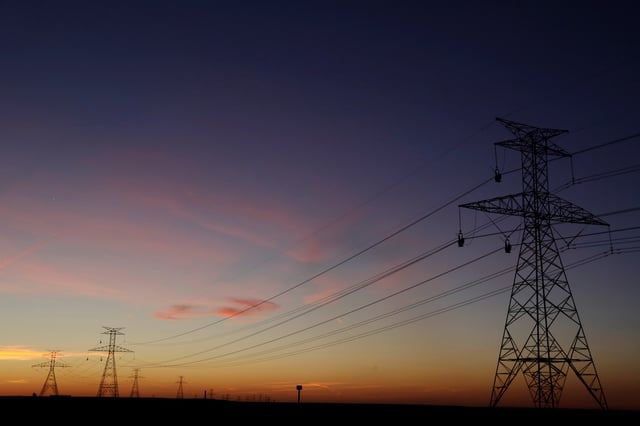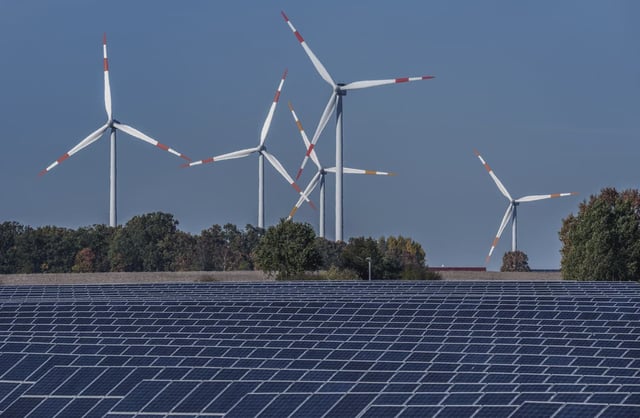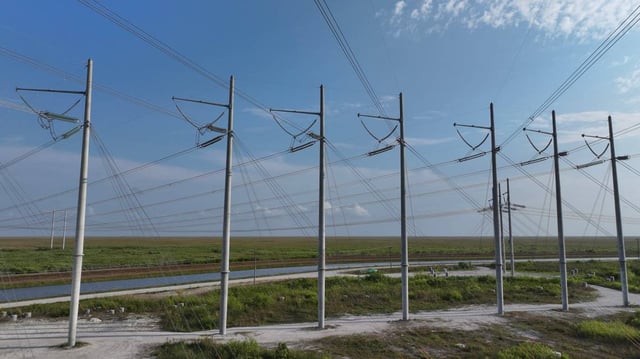Overview
- The report finds that retiring 104 GW of coal, gas and nuclear capacity by 2030 could increase blackout risk across the country by 100%.
- It projects average annual outage time rising from about 8 hours today to over 800 hours if only planned additions proceed.
- Of the 209 GW of new capacity slated to come online, just 22 GW is classified as firm baseload while the rest consists of solar, wind and battery storage.
- The DOE attributes at least 50 GW of an estimated 100 GW peak demand increase to power-hungry AI data centers, compounding reliability challenges.
- Advanced Energy United has challenged the report’s methodology, warning that it may overstate risks and undervalue renewable and storage resources.


